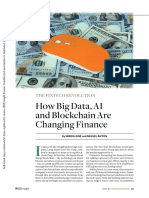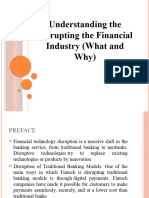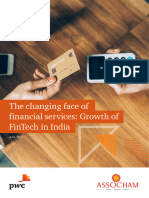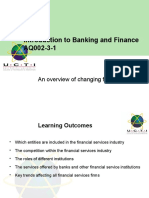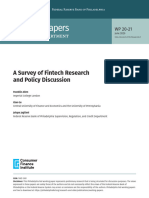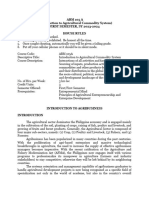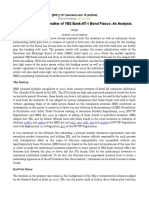0% found this document useful (0 votes)
159 views21 pagesFinTech Project
This document explores the transformative impact of financial technology (fintech) on the financial services industry, detailing its emergence, applications, and implications for traditional institutions. It covers various aspects of fintech, including its definition, practical applications, technological advancements, and the evolving landscape of fintech companies. The project emphasizes the importance of fintech in enhancing accessibility, efficiency, and innovation in financial services.
Uploaded by
Ahmed MokhtarCopyright
© © All Rights Reserved
We take content rights seriously. If you suspect this is your content, claim it here.
Available Formats
Download as PDF, TXT or read online on Scribd
0% found this document useful (0 votes)
159 views21 pagesFinTech Project
This document explores the transformative impact of financial technology (fintech) on the financial services industry, detailing its emergence, applications, and implications for traditional institutions. It covers various aspects of fintech, including its definition, practical applications, technological advancements, and the evolving landscape of fintech companies. The project emphasizes the importance of fintech in enhancing accessibility, efficiency, and innovation in financial services.
Uploaded by
Ahmed MokhtarCopyright
© © All Rights Reserved
We take content rights seriously. If you suspect this is your content, claim it here.
Available Formats
Download as PDF, TXT or read online on Scribd
/ 21




